The beginning of the Second Cold War
China’s rare-earth restrictions and Trump’s trade war mark shifting global power dynamics
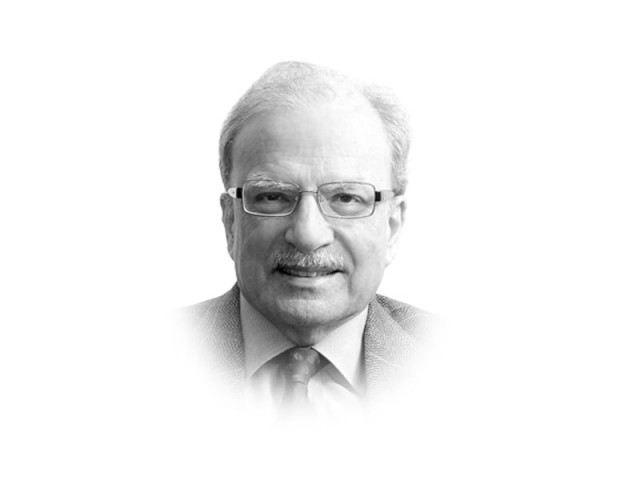
The world is seeing the beginning of the Second Cold War.
It began on the day in January 2017 when Donald Trump took up residence in the White House and began his assault on the world economic system his country had taken the lead to create after helping the allied forces won their two wars: one in Europe against Germany and Italy and the other against Japan in East Asia. While the United States was instrumental in winning these two hot wars, it chose not to be in the lead creating the economic and political systems that were to guide the world in managing world affairs.
A new set of institutions were created in which the United States shared power with other nations, with those participating following agreed rules of international law. The new institutions included the United Nations which included all the free nations, the International Monetary Fund (IMF) and the International Bank for Reconstruction and Development (IBRD). The IBRD added more facilities and became what is now generally referred to as the World Bank Group (WBG). What was then the Union of Soviet Socialist Republics, the USSR, chose not to join the new institutions excepting the United Nations. Moscow, the USSR's capital, wanted to expand its influence beyond its borders even if it meant using force.
This Moscow ambition to expand was not acceptable to Washington and the capitals of Western Europe. They created more institutional devices to contain the USSR within its recognised borders. The most important of these was the North Atlantic Treaty Organization (NATO) in which the participating nations agreed that an attack on one member state would mean attack on all the members. Washington worked to create two more multinational institutions, the Central Treaty Organization (CENTO) and the Southeast Asia Treaty Organization (SEATO). Pakistan was invited to join both which it did. Its reward came in the form of large amounts of military assistance, including the building of two cantonments - one at Kharian and the other at Multan. These institutional arrangements constrained Moscow and led to the launch of the First Cold War.
The Second Cold War was launched by President Donald Trump after he began his second term. This time the target was China, a rising Asian power. China had gained economic and military strength that Trump's Washington was worried about. He used the power he thought he had been given to inflict pain on China if Beijing did not bend to his will. The most potent weapon he thought he had was to wage a trade war against a whole of set of countries he wished to hurt. He raised tariffs on the imports that came in from these countries. The taxes China's exporters were required to pay were taken to extraordinary levels. If Trump and his advisers believed that China would take these moves without retaliation, they turned out to be totally mistaken. Beijing used a weapon that could and would do a great deal of damage to the American economy. This was to block the export of rare earth minerals to the United States.
The term "rare earth" refers to a cluster of minerals used for a variety of products that include aircraft, missiles, electric cars, jet engines, laptops and household appliances. Beijing moved on October 9 - two weeks before Trump and Chinese leader Xi Jinping were expected to meet on the sidelines of the United Nations annual conclave in New York. That did not happen even though both leaders were in New York. There were indications that the two leaders may meet at the Asia-Pacific Economic Cooperation summit in South Korea later in October.
The Chinese move surprised Trump and his associates. Trump said that they "came out of the blue". China's reaction was the culmination of a multiyear effort to improve its bargaining position by replicating American restrictions on computer chips and other cutting-edge technologies. Experts saw what Beijing was seeking to accomplish. Rare earths are China's "trump card", said Laila Khawaja, an analyst at Gavekal, a research firm based in Hong Kong. "Nothing else can bother the United States," she said.
China's move can do a lot of damage to the United States. It accounts for 70 per cent of the world's rare-earth production and about 90 per cent of the processing of these 17 chemically unique metals. The rules on the export of these precious metals will be subject to export controls that will begin to apply in early November, specifically on November 8 and 12, and will apply to the trade in them by the Chinese companies. Beijing will also impose restrictions on lithium batteries used in electric cars and superhard minerals used to make mining drills. Licences are also now required for Chinese enterprises to export rare-earth minerals and separation machinery. China's Commerce Ministry highlighted on October 14 the "vast room for cooperation" with the United States and that the two countries are "capable of finding ways to resolve problems".
Experts believe that the approach adopted by Beijing in its dealings with the United States are the product of decades spent on building up dominance over the global extraction and processing of rare-earths. For years, President Xi has called for China to use its domination in strategically important industries as an "assassination mace" - a weapon that can be used in a dispute to prevent the other side from gaining the upper hand, said Jacob Gunter, an analyst at the Manchester Institute of China Studies, a China-focused think tank based in Berlin. "There is no way to read this other than a declaration of Beijing's intent to control all flows of modern technology," Gunter continued.
According to Chinese analysts, rules that require companies anywhere in the world to obtain licences to export products containing even the tiniest fractions of Chinese-produced rare earths were designed to stamp out around Beijing's existing controls. According to an official of the Commerce Ministry, "the key goal is to plug loopholes". "The new round of rare-earth control measures is not a temporary move, but an important step to build a long-term protective framework for China's rare-earth industry," he said.
According to a report in The Washington Post, "Nationalist Chinese commentators have recently lashed out at Pakistan, a close partner of China, for processing rare- earths on behalf of Missouri-based U.S. Strategic Metals using Chinese-made equipment."

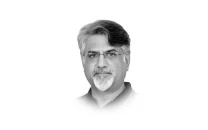
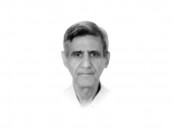

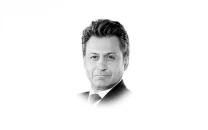


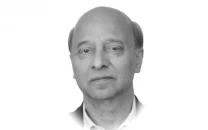
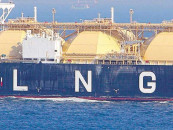
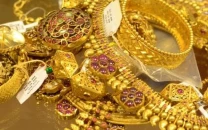
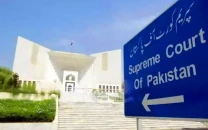
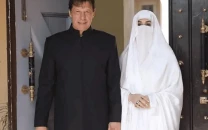
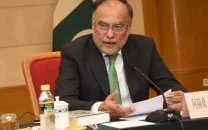
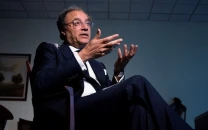
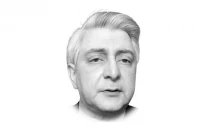
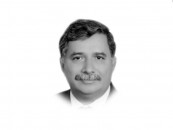
COMMENTS (1)
Comments are moderated and generally will be posted if they are on-topic and not abusive.
For more information, please see our Comments FAQ